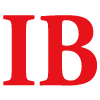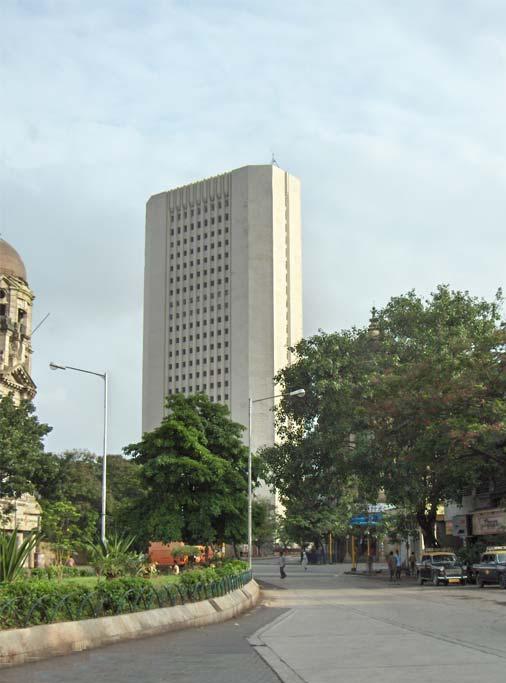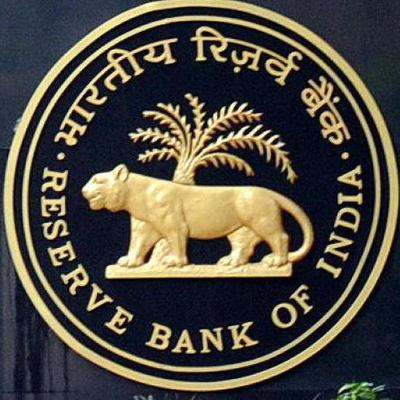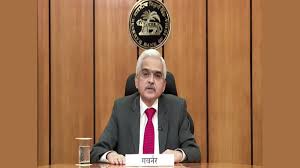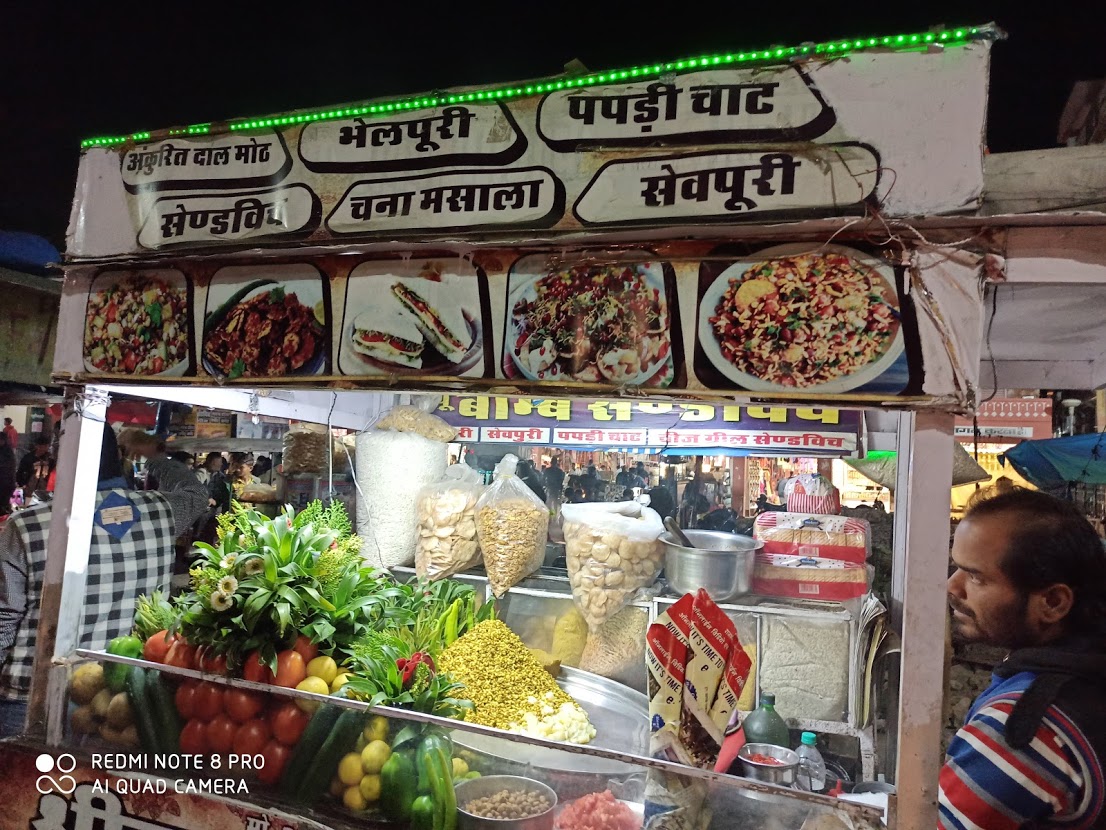The gross non-performing assets (NPAs) of banks may swell to 9.5% in September 2022 from 6.9% in September 2021 in a severe stress scenario, the Reserve Bank of India (RBI) said on Wednesday.
The central bank’s outlook on bad loans has come in the backdrop of the spread of the Omicron variant of Covid-19 and the loss of momentum of global economic recovery in the second half of 2021.
Under the baseline scenario, the RBI expects the gross NPAs to settle at 8.1% by September 2022.
"Macro stress tests for credit risk indicate that thegross non-performing asset (GNPA) ratio of scheduled commercial banks may increase from 6.9% in September 2021 to 8.1% by September 2022 under the baseline scenario and to 9.5% under a severe stress scenario," according to the 24th issue of the Financial Stability Report (FSR) released by the RBI.
However, the scheduled commercial banks would have sufficient capital, both at the aggregate and individual levels, even under stress conditions, the RBI report said.
It further stated that emerging signs of stress in micro, small and medium enterprises (MSME) as also in the microfinance segment call for close monitoring of these portfolios in the future.
The capital to risk-weighted assets ratio (CRAR) of scheduled commercial banks rose to a new peak of 16.6% and their provisioning coverage ratio (PCR) stood at 68.1% in September 2021, the report noted.
In the Reserve Bank's latest Systemic Risk Survey (SRS), all broad categories of risks to the financial system - global; macroeconomic; financial market; institutional; and general - were perceived as 'medium' in magnitude, but risks arising on account of global and financial markets were rated higher than the rest.
Commodity prices, domestic inflation, equity price volatility, asset quality deterioration, credit growth, and cyber disruptions were rated as the major risks.
The RBI report noted that the global recovery has been losing momentum in the second half of 2021 mainly due to the resurgence of Covid-19 infections and the new variant Omicron. Several economies were also facing supply disruptions and bottlenecks, elevated inflationary pressures and shifts in monetary policy stances and actions.
On the domestic front, however, progress in vaccination has enabled the recovery to regain traction after the debilitating second wave of the pandemic, notwithstanding signs of slowing pace more recently, the report said. The corporate sector is gaining strength and bank credit growth is improving, it added.
"Bank credit growth is showing signs of a gradual recovery, led by the retail segment, although flow of credit to lesser rated corporates remains hesitant. MSMEs as also the microfinance segment are reflecting signs of stress," the RBI said.
